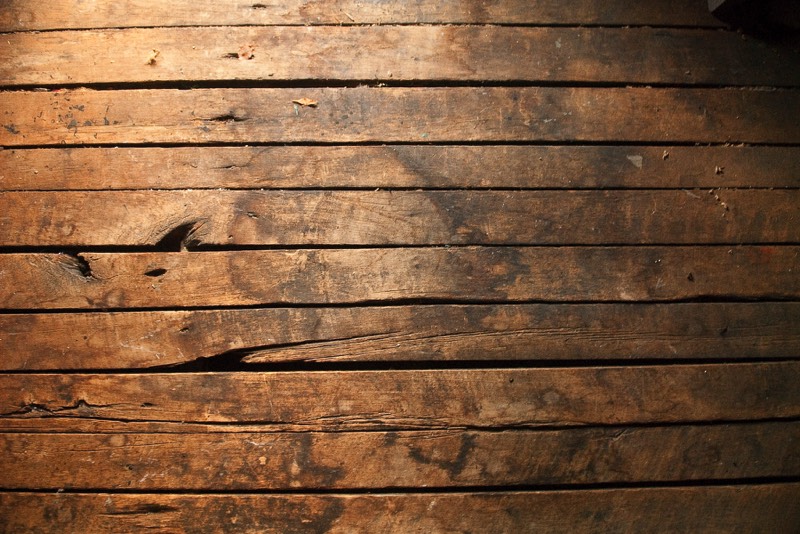How Much Does It Cost To Sand Floors?

Cost to Sand Floors
| job | Description | labour |
| 1 | The room is empty and normal size, the boards have no gaps and have never been disturbed. To seal the room, sand the floor and apply a coat of the sealer the hire shop sells, 2 men, 1 day including materials. | £315 |
| Plus sanding machine hire etc. for the above | £50 | |
| 2 | Some boards need replacing with matching ones taken from the hallway, which in turn will have to be replaced with new ones. The rest need fixing down properly before the job can start. This will take 2 men 1 day | £320 |
| 3 | The boards all need to come up and be re laid, plus a couple pinched from the hallway. This will take 2 men, 2.5 days | £750 |
| 4 | Same as above plus fitting 75mm of rigid insulation under the boards. 2 men half a day | £140 |
| Plus materials etc. for the above | £375 | |
| 5 | If they have to move the furniture, dump the carpet and put all the furniture back again when the job is finished, add 1 day etc. | £310 |
Information Sheet on Floor Sanding
Fed up with carpets are we? Fancy a change? Good for you!
Have a look at the floorboards first, are they even worth sanding? The older they are the better the finished result will be. Victorian boards will look great, 20 year old tongue and grooved ones will “come up” the colour of cheese. I like cheese but I prefer it in my sandwiches!
How wide are the gaps between the boards? You don’t want any gap really, especially in a ground floor room, or there’s likely to be a howling gale blowing up through them.
If the gaps between the boards are very wide (5mm or so), the only way to realistically close them is to move all the boards closer together. It’s possible to shove wax in though, if the gaps are smaller. If you’re contemplating taking the boards up, will you insulate underneath?
Where will you find a couple of matching boards to fill up the space all that “moving along” has created?
What condition are the floorboards in?
Are all the boards still in one piece? Years of fitting pipes and cables can turn some floors into a battlefield, especially if any replacement timbers that have been fitted don’t match, (which they wont).
Still going ahead?
Fair play! Obviously the room has to be cleared and make sure the bloke has sanded floors before. Industrial sanders can swiftly reduce a board’s thickness and if his bonehead labourer leaves it spinning in contact with a board for too long, a truly horrible groove will result. He should sand diagonally across the room with a coarse grit and then finish with an orbital sandar or a fine grit but following the grain of the boards.
Dust sealing the room is pretty important as you might imagine. The machines collect the sawdust as they go but there’s still a hell of a lot that escapes and it just loves to go exploring all around your house!
Now for the bit that makes the job! Sealing, varnishing, staining, call it what you will but you have to get it right. 30 years ago I slapped 10 coats of clear matt varnish on my newly stripped Victorian floorboards. The result was truly magnificent, such colour, such depth, such time and effort, such a logistical bloody nightmare!
There are all sorts of finishes nowadays, do some research, it’s probably not necessary to section off half the house for a week anymore.
We had 2 dogs, (now I’m no vet but by my reckoning that’s 40 claws) by the end of the year the fabulously shiny room looked like an ice rink. While you’re at it, when you’ve sanded your floorboards, make sure your chairs don’t have nails under their feet, or your daughter doesn’t wear stilettos.
Suddenly the old carpets don’t seem such a bad idea!
Related Jobs
FAQs 'traffic light' guide
-
What's easy about this job…
Open or CloseEasy for a specialist.
-
What's tricky about this job…
Open or CloseKeeping your home from looking like it's just been dropped into the Sahara drug a dust storm.
www.buildingsheriff.com
Copyright The Building Sheriff Ltd 2017